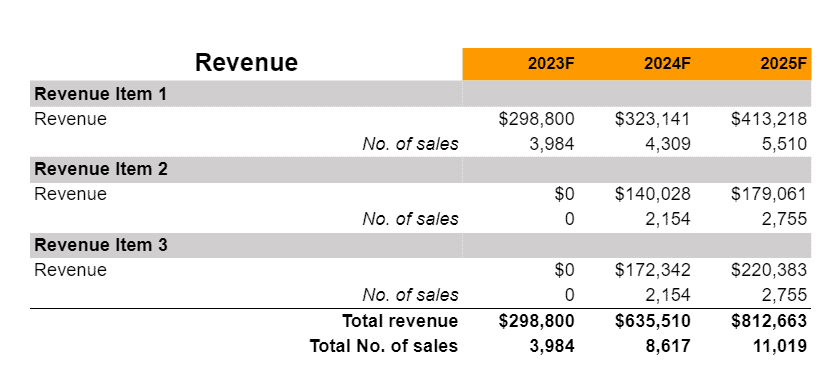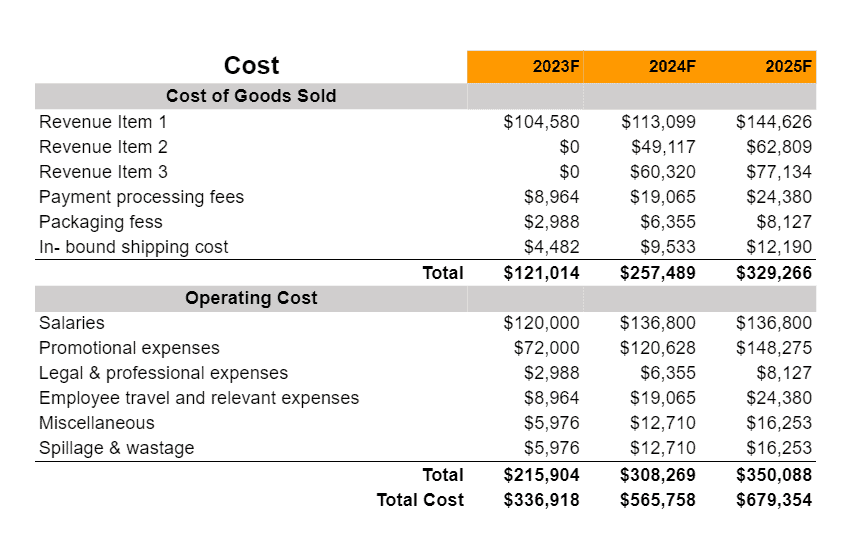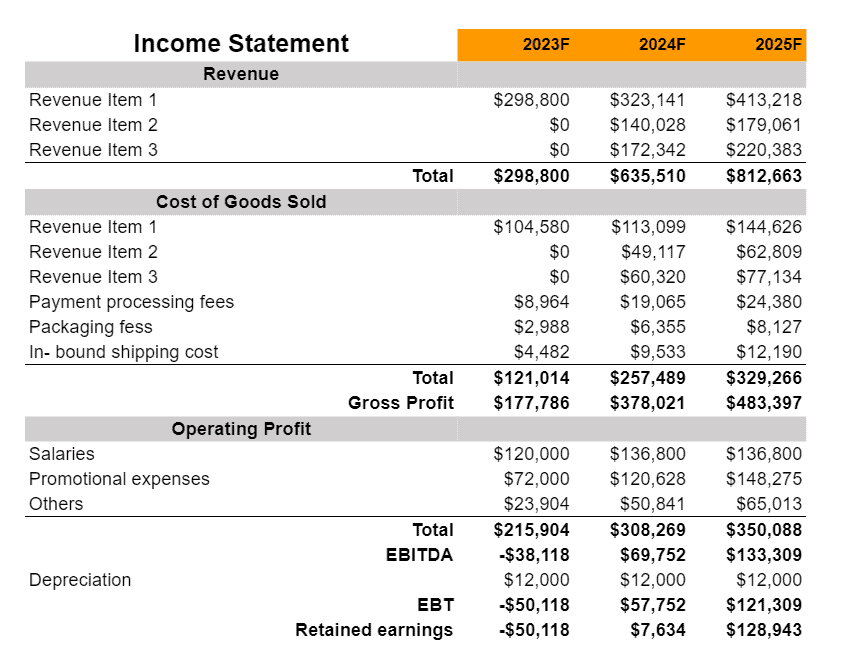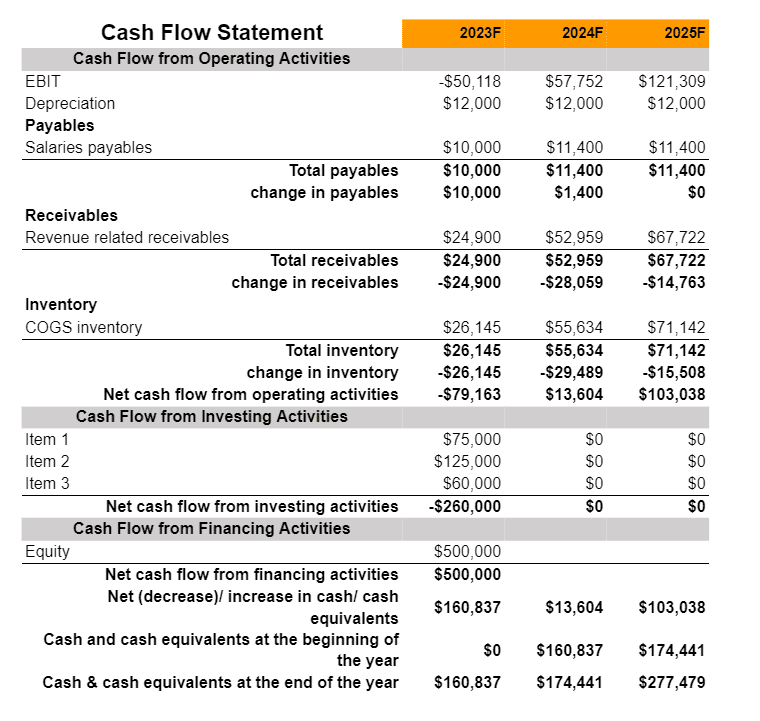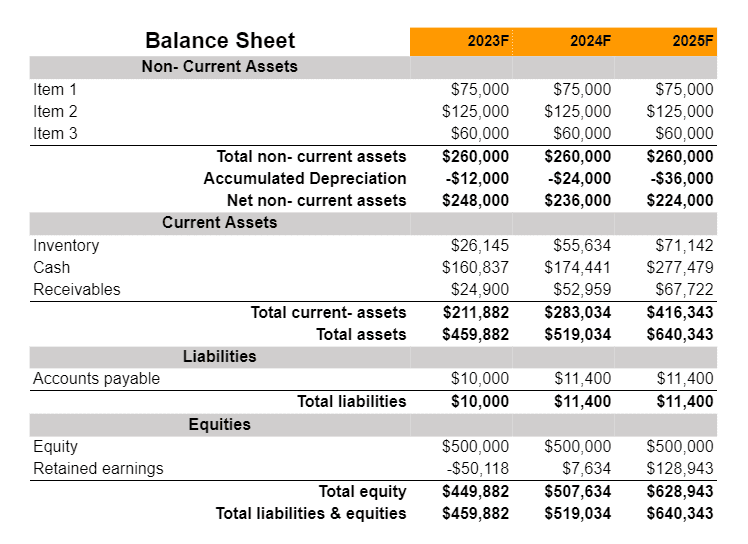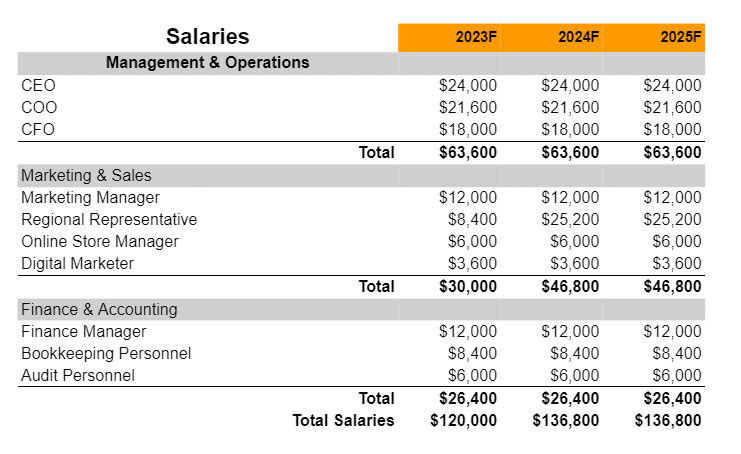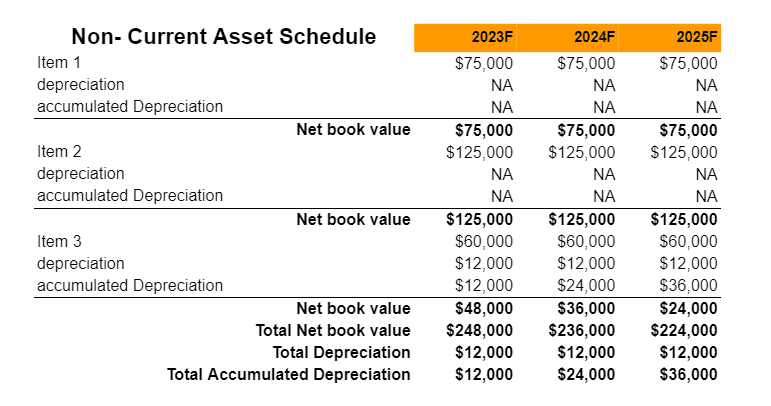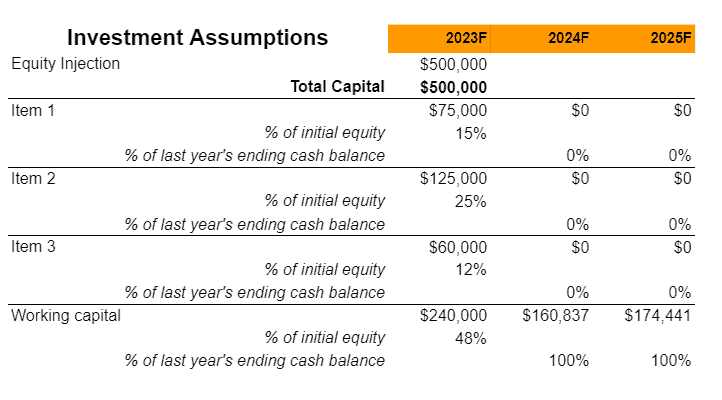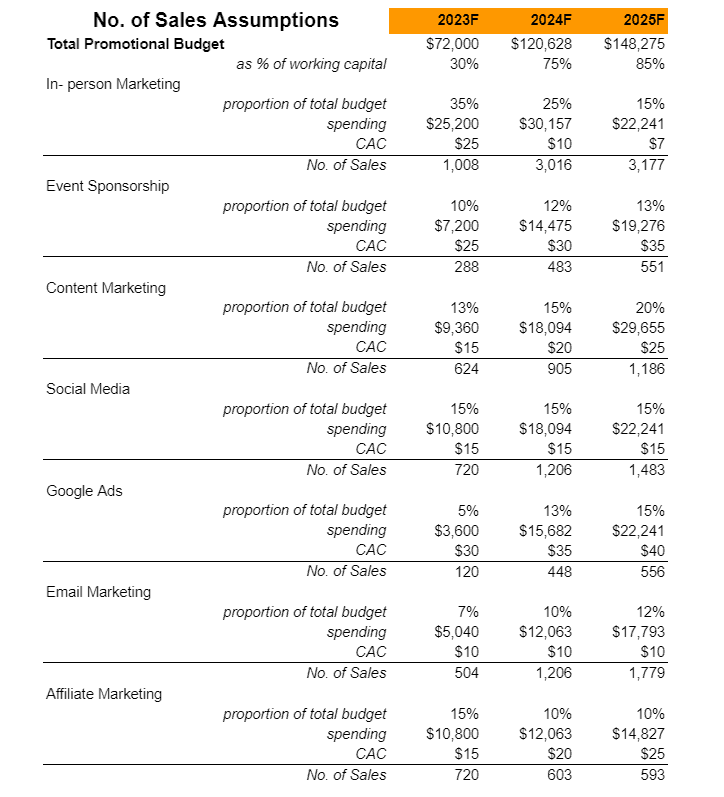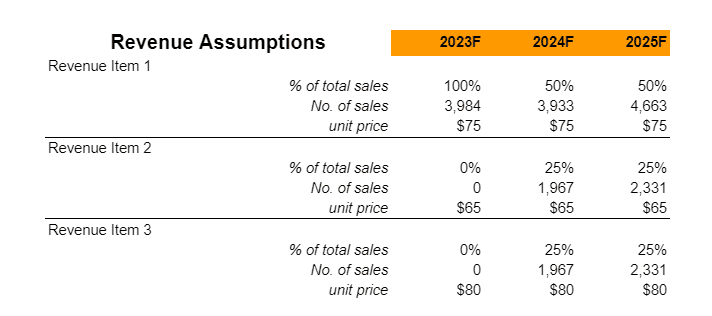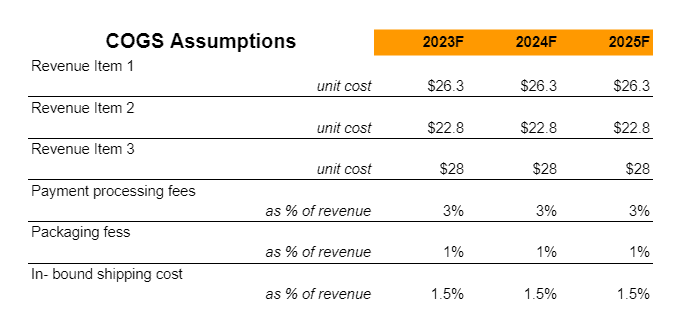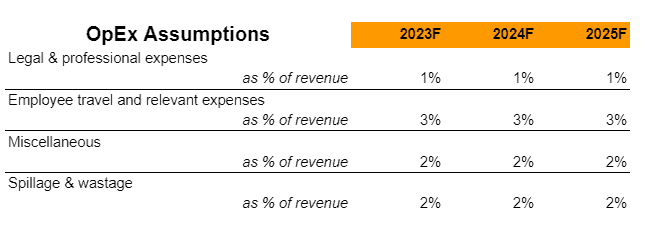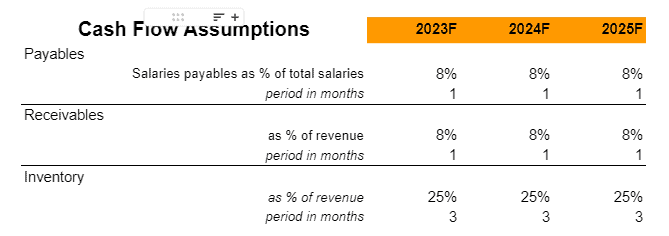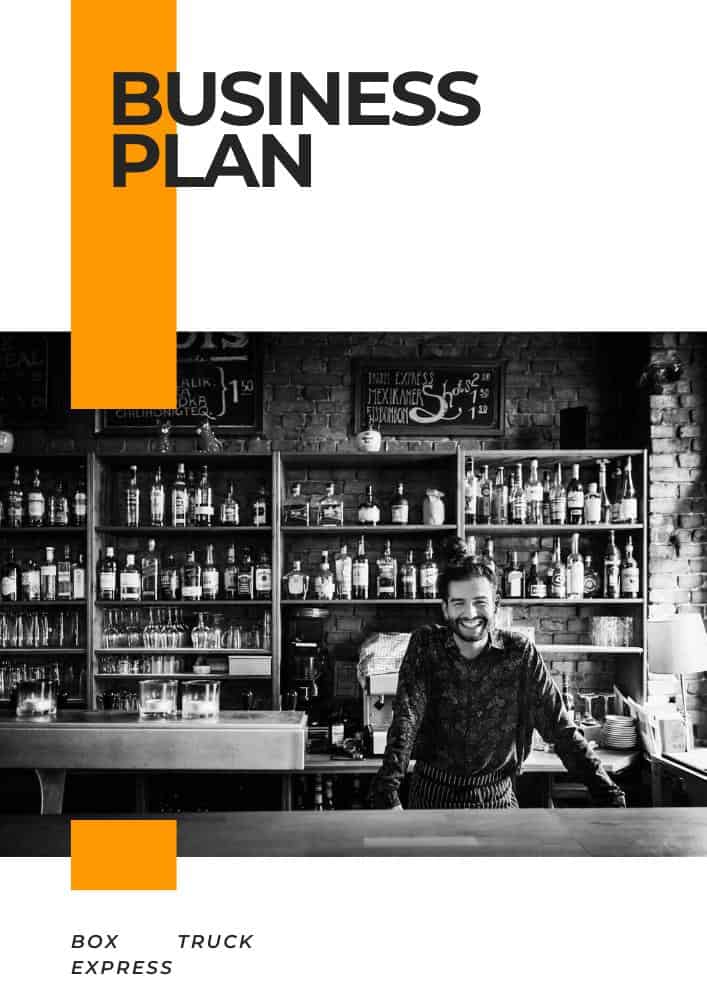Written by Elma Steven | Updated on April, 2024
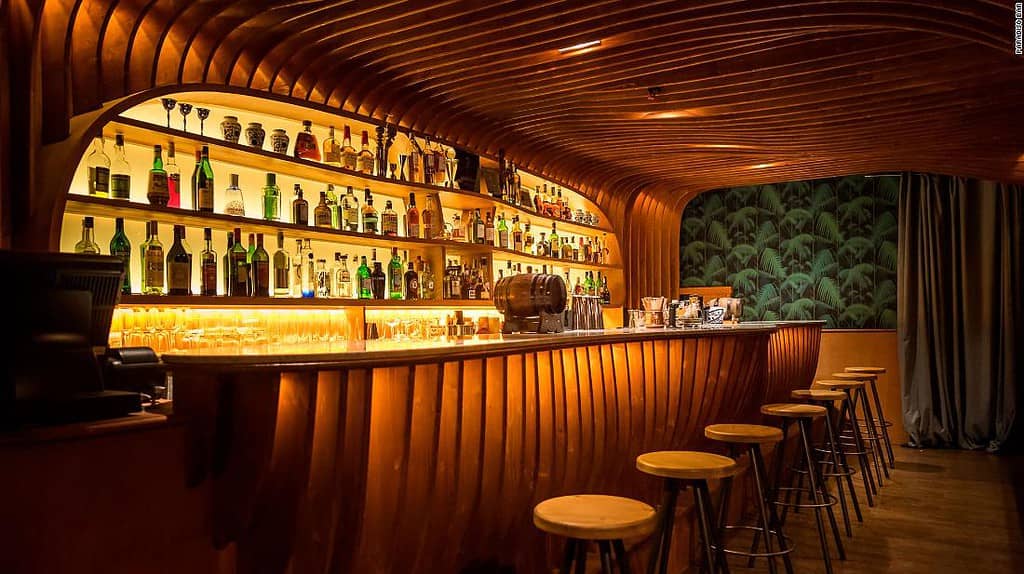
How to Write a Bar Business Plan?
Bar Business Plan is an outline of your overall Bar business. The business plan includes a 5 year projection, marketing plan, industry analysis, organizational overview, operational overview and finally the executive summary. Remember to write your executive summary at the end as it is considered as a snapshot of the overall business plan. The creation of a plan requires careful consideration of various factors that might impact the business’s success.
Table of Contents
Executive Summary
Overview: Aldo Sohm Wine Bar, which is located in midtown and is inspired by each city block, epitomizes the vibrancy of New York while maintaining the relaxed ambiance of Aldo’s living room. Working with small-scale distributors and boutique wineries all around the globe enables us to provide a wide and reasonably priced selection. We encourage you to drink, dine, share, relax, and enjoy! Designed with wine director Aldo’s easygoing attitude to delicious food and wine in mind.
Mission: We are devoted to creating an enjoyable and welcoming environment for community gatherings while enjoying Celtic-inspired cuisine and beverages. We strive to provide a customized client experience via our experienced and courteous team.
Vision: To be a unique, pleasant, and casual setting with a strong emphasis on quality, but without the pretense of being a high-end restaurant.
Industry Overview: Aldo Sohm Wine Bar capitalizes on the thriving $2 billion U.S. wine bar market, growing by 3.1% annually, with a sharp 20% increase in demand for organic wines. The bar has seen a 35% jump in customer visits and a 50% boost in sustainable wine sales, thanks to its diverse, quality selection and expert service. This success positions it as a top spot for wine lovers, with industry trends suggesting a bright future for niche wine experiences. Check out this guide on how to write an executive summary? If you don’t have the time to write on then you can use this custom Executive Summary Writer to save Hrs. of your precious time.
Financial Overview:
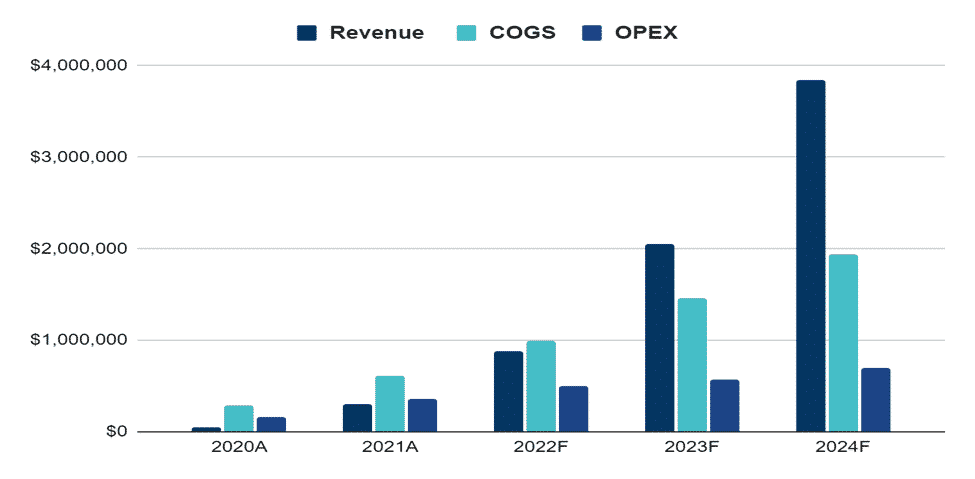
.
FUND USAGE
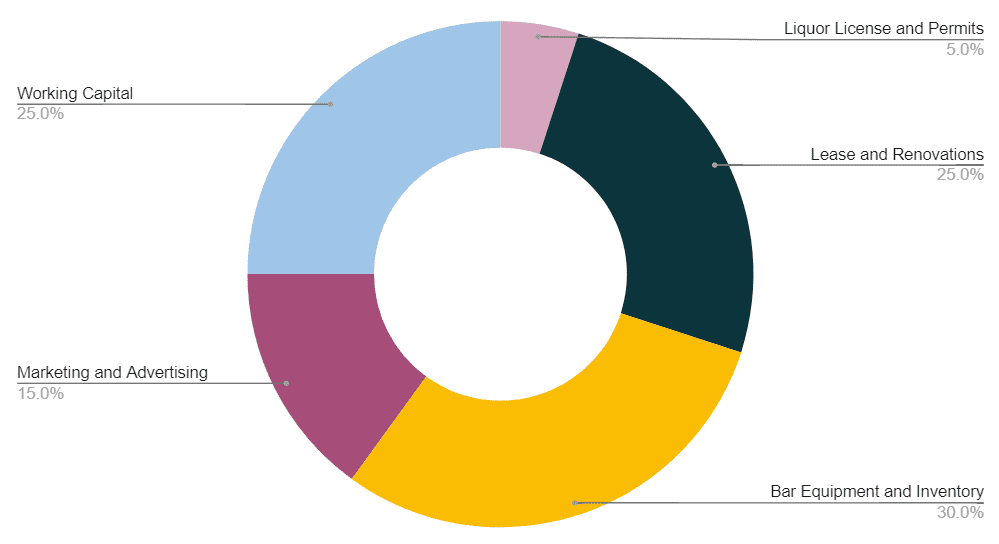
Business Model Canvas
Tips on Business Model Canvas
The Business Model Canvas is a high-level overview of the business model. It can also be considered as the business model map in the overall plan. The important partners, key activities, value proposition and cost & revenue sections are only some of the nine vital components. A company idea’s complexities may be mapped out, analyzed and communicated with the use of the canvas. It shows the whole picture of a company’s value creation, delivery and capture processes. It helps new business owners hone their ideas, encourage creative thinking and make sound strategic decisions. It’s a helpful resource for coming up with ideas, organizing plans and presenting business models to key players. Check out the 100 samples of business model canvas.

SWOT
Tips on SWOT Analysis
It offers a clear lens into a company’s strengths, weaknesses, opportunities and threats. This self-awareness enables effective resource allocation and strategic positioning against competitors. Businesses can mitigate risks, make informed decisions and set realistic goals. In addition, presenting a SWOT analysis in a business plan communicates to stakeholders that the company possesses a deep understanding of its market environment. In essence, SWOT ensures a business’s strategy is grounded in reality enhancing its chances of success. Check out the 100 SWOT Samples

Industry Analysis
The wine bar industry, currently valued at $2 billion in the U.S., is experiencing steady growth, with an annual increase of 3.1%. This growth is driven by consumer preferences for refined and educational drinking experiences, as seen in establishments like Aldo Sohm Wine Bar. Catering to both connoisseurs and novices, Aldo Sohm has effectively tapped into this trend, offering an expansive selection that includes both rare and well-known wines.
The bar’s strategic focus on organic and biodynamic wines has been particularly successful, responding to a 20% surge in market demand for these sustainable options. This shift towards eco-friendly and ethically produced wines has resulted in a notable 50% increase in sales for Aldo Sohm in this category, highlighting the bar’s adaptability to evolving consumer preferences.
Looking forward, the wine bar sector is poised for further growth, especially in urban areas where there is a high demand for unique and high-quality drink experiences. Aldo Sohm Wine Bar is a leading example of this trend, witnessing a significant 35% yearly increase in customer visits. Its upscale ambiance, combined with the expertise of its staff, has built a loyal customer base. This trend mirrors the broader industry movement towards specialty wine bars that prioritize quality, authenticity, and educational experiences, ensuring their long-term appeal and success.
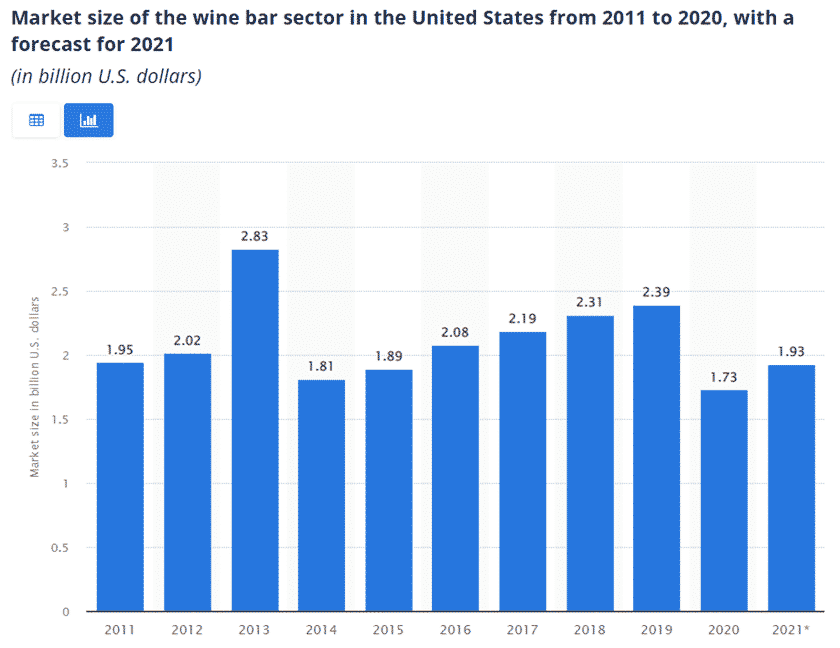
Source: growthink
During economic or geopolitical instability, alcoholic beverages are in high demand, yet, operators prefer to focus on higher-priced drinks. Consumers are predicted to choose more cost-effective alcoholic beverages throughout the pandemic because of unpredictable economic situations.
Customers between the ages of 21 to 34 make up the majority of revenue in the sector. As a result of company closures throughout the country, IBISWorld anticipates older generations, who are typically more financially secure than younger customers, to grow as a proportion of sales.
The Wine Bars industry’s market size in the United States shrank faster than the broader economy. Attitudes regarding alcohol usage are shifting, as are the types of alcohol drank and where it is drunk, whether at home or a bar. In the United States, broad alcohol use has decreased in recent decades, but wine consumption has risen. Increased demand for wine bars results from rising alcohol use and spending. In 2021, per capita alcohol spending was predicted to rise, providing the business with a significant opportunity. In the United States, the bar and nightclub business is a profitable segment of the wider food and beverage services sector. Bars, often known as pubs or taverns, are facilities that sell beer and other alcoholic beverages and a light selection of food. Nightclubs serve alcohol, but they usually have a larger drink menu and a dance floor with a DJ or live music stage. Alcoholic beverage sales are the main source of revenue for both bars and nightclubs. Alcoholic beverage consumption has grown in recent years in the United States, with total alcoholic beverage sales exceeding $250 million in 2019.

Source: pos.toasttab
In 2022, the Wine Bars industry will have a market size of $2.1 billion in sales. In the United States, the market for Wine Bars shrank faster than the entire Consumer Goods and Services sector. In 2022, the market for Wine Bars is predicted to grow by 7.6%. Per capita, alcohol expenditures, and consumer spending are the two most important positive elements impacting this business. Between 2017 and 2022, the Wine Bars market in the United States shrank by 1.1 percent annually.
In 2022, the Bars & Nightclubs sector will have a market size of $28.6 billion. In 2022, the market for bars and nightclubs is predicted to grow by 14.1%. Between 2017 and 2022, the US Bars & Nightclubs market grew at an average annual rate of 0.9 percent. In the United States, the market for bars and nightclubs has developed slower than the broader economy. The Bars & Nightclubs business grew faster than the broader Accommodation and Food Services industry in the United States. The US Bars & Nightclubs sector is the 326th biggest and 9th largest in terms of market size within the Accommodation and Food Services industries. A low growth risk score and per capita alcohol spending are the key favorable variables influencing this business. Attitudes regarding alcohol usage in general and the sort of alcohol drank and where it is drunk are evolving. The government is increasingly concerned about binge drinking, especially among the younger population. Regulatory restrictions on excessive alcohol use are becoming more severe for industry operators. Reduced alcohol use, and hence alcohol expenditure, has a detrimental impact on bar and nightclub demand. In 2021, per capita alcohol spending was predicted to rise, providing the business with a significant opportunity.
Marketing Plan
A marketing plan outlines the company’s strategy to promote its products or services to its target audience. It includes specific tactics and channels the business will use to reach potential customers. This section defines the company’s unique value proposition, identifies the target market segments, and discusses the competitive landscape. It also includes insight into budget allocation, projected outcomes and key performance indicators to measure success. Marketing plan helps businesses demonstrate their understanding of the market dynamics, their positioning within the industry and their approach to driving customer engagement and sales.
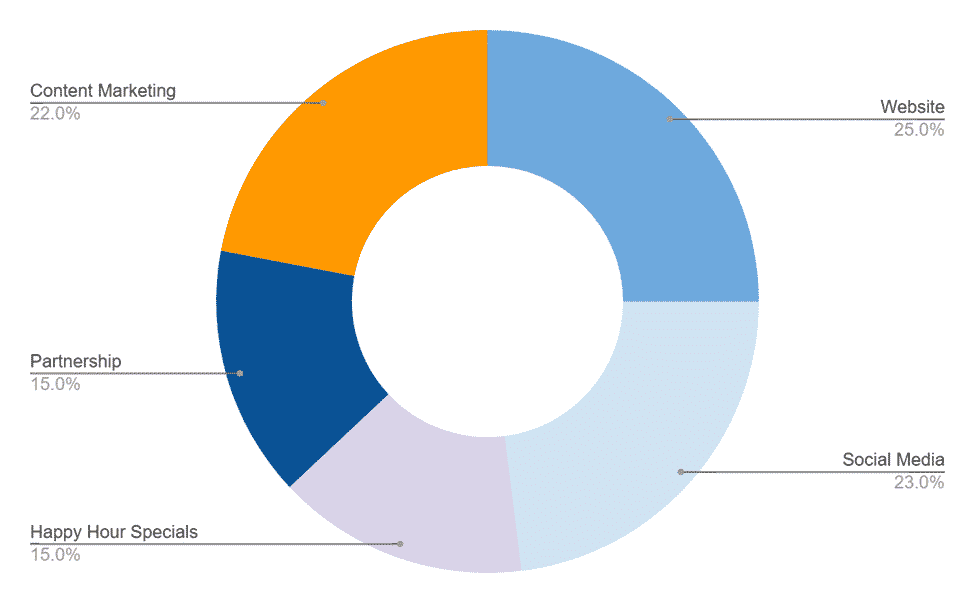
Website: Aldo Sohm Wine Bar’s website is an easy-to-browse feature for viewers to look for what they want quickly. Online reservations can also be made through this website.
Social Media: Regular posting and answering online inquiries through social media can build a relationship with customers and encourage them to return to Aldo Sohm Wine Bar.
Partnership: We work with small-scale distributors and boutique wineries all around the globe, which enables us to provide a broad and reasonably priced selection.
Happy Hour Specials: Aldo Sohm Wine Bar will conduct blind tasting happy hour and offers reasonable discounts.
Content marketing: A blog about wine education. This can educate and establish relationships between customers, local winemakers, and Aldo Sohm Wine Bar.
Organogram:
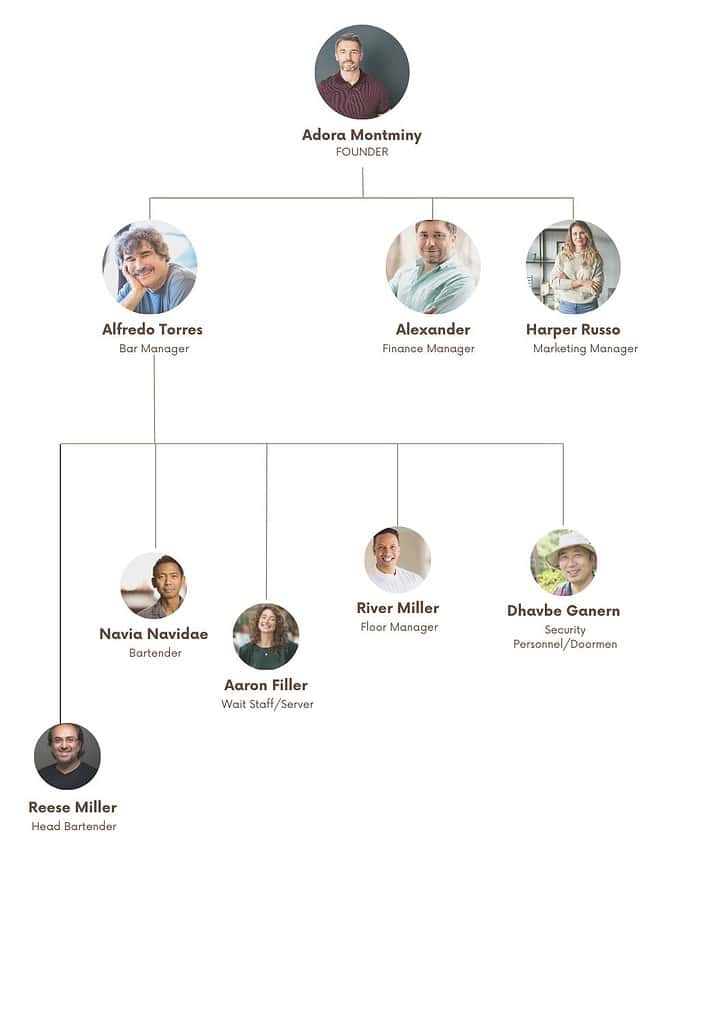
Financial Plan
A financial plan of a Bar business plan provides a comprehensive projection of a company’s financial health and its anticipated monetary performance over a specified period. This section encompasses a range of financial statements and projections such as profit and loss statements, balance sheets, cash flow statements and capital expenditure budgets. It outlines the business’s funding requirements, sources of finance and return on investment predictions. The financial plan gives stakeholders particularly potential investors and lenders a clear understanding of the company’s current financial position. A financial plan helps businesses demonstrate their financial prudence, sustainability, and growth potential.
Earnings
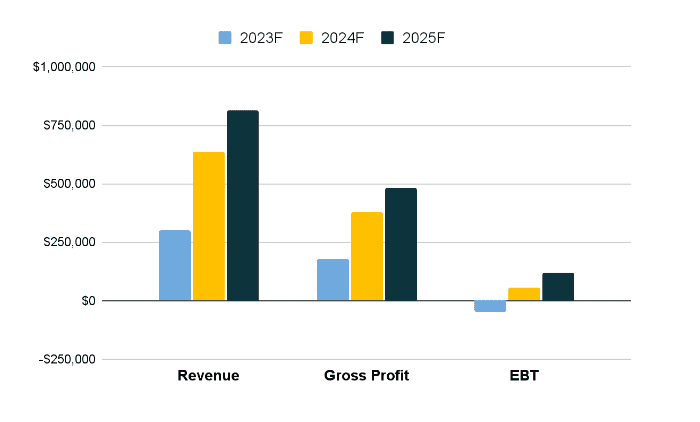
Liquidity

